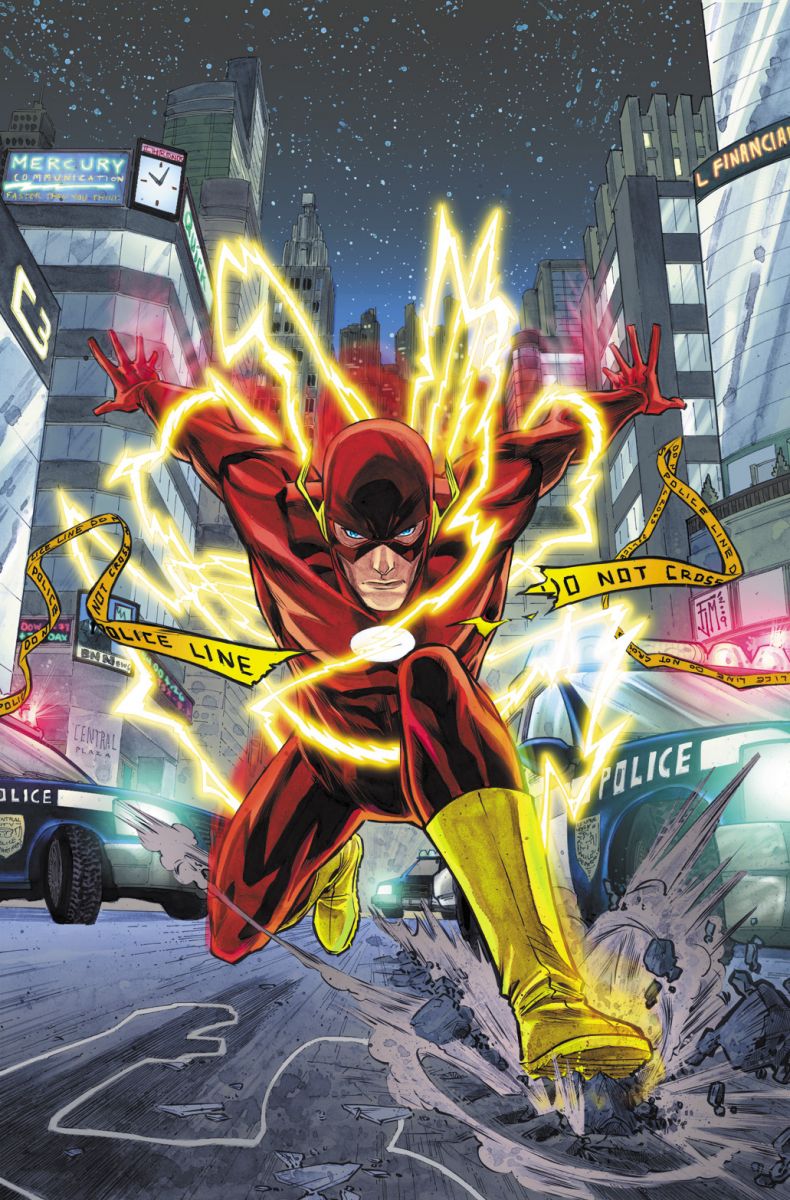DC is one of the biggest comic book companies in the world and they have a lot of very memorable super heroes. One superhero is simply called the Flash. The alter ego of Barry Allen, a scientist from Central City. He is known as the fastest man alive with the ability to run up buildings with his speed, pass through objects, make sonic booms with a snap of his fingers, and ran super fast. These are some very amazing powers all coming from his speed. However, are any of the amazing things he does possible? A question ever comic book fan has about every superhero. Can they exist in the real world?
There is even a book called “The Physics of Superheroes” by James Kakalios which goes over the science of superhero powers. The first thing the book starts off with is Flash’s basic speed. So, the question is how fast can a human run without negative side effect? According to the book, normal human can run about 15 mi/h with certain sprinters being able to go faster (Kakalios). However, the flash can run faster then most cars. So, he has to go at least 70 mi/h at the slowest when he is running around the city. According to NASA, humans body can withstand almost any speed as long as the acceleration and deceleration is not to abrupt but gradual (USA). That means the flash could run 100 mi/h as long as he did not just start out that way or stop all of a sudden.

Now that we kind of have an answer to if his speed is possible lets look at some of the things the Flash does with his speed. In the book they go over the fact that the Flash can run up buildings. The book says the equation to calculate the speed necessary for this is v^2=2gh (Kakalios) . When they run the equation it says that if a 40 story building is about 660 ft or so and earths gravity is 9.8 m/s/s that means the flash has to run at least 113.74 miles. That is not the issue though the problem is if he can keep the traction to run up the wall. As The Physics of Superheros says, “when you run or walk, a force must be applied horizontal to the ground by your feet, opposite the direction you want to walk” (Kakalios) . When running up a building you can’t hold that traction with gravity forcing you to slow down. So the Flash would have to go much faster then 113.74 to climb the building with the ease he does in comics.
The issue is when we get into the more weird abilities of the Flash’s like the ability to phase through objects and pass through dimensions. The book doesn’t even go over these abilities because they are so difficult to measure or experiment with. The speed needed to pass through dimensions is immeasurable for the simple fact we have no idea if there are other dimensions and what that would take. Same with Phasing through objects. That is something that has never been done so no one knows what that would take. While a lot of the Flashes powers can be actually measured. However, all in all this is guess work. We can’t measure the Flashes top speed and there is no way to test any of this. Everything is based on basic physics principles applied to fictional events nothing else. There is no way to really prove any of this as true or false.
Citation
Kakalois, James. “The Physics of Superheroes.” Google Books. Gotham, n.d. Web. 05 Sept. 2015.
USA. NASA. quest.NASA.gov. NASA, n.d. Web. 05 Sept. 2015.
